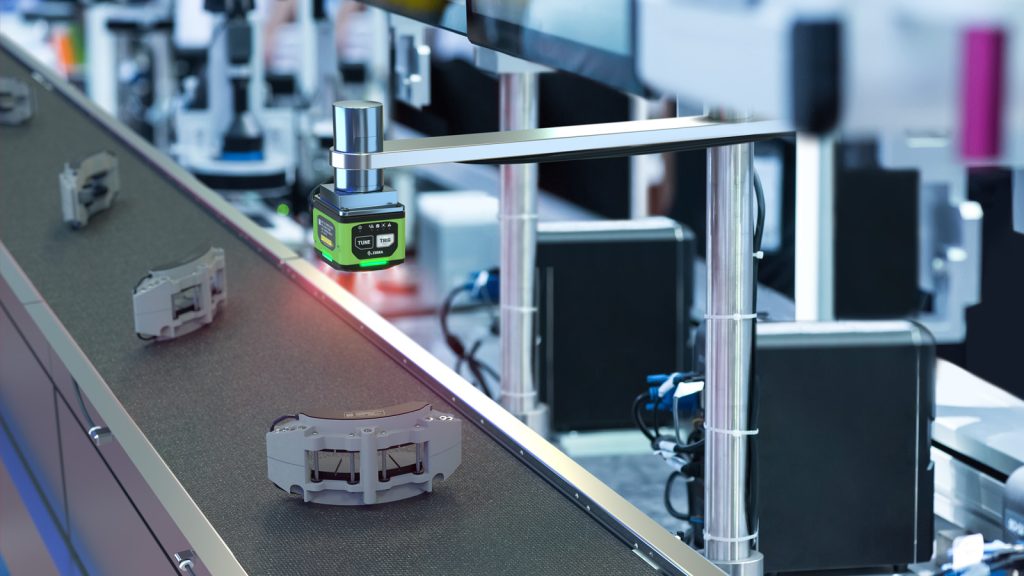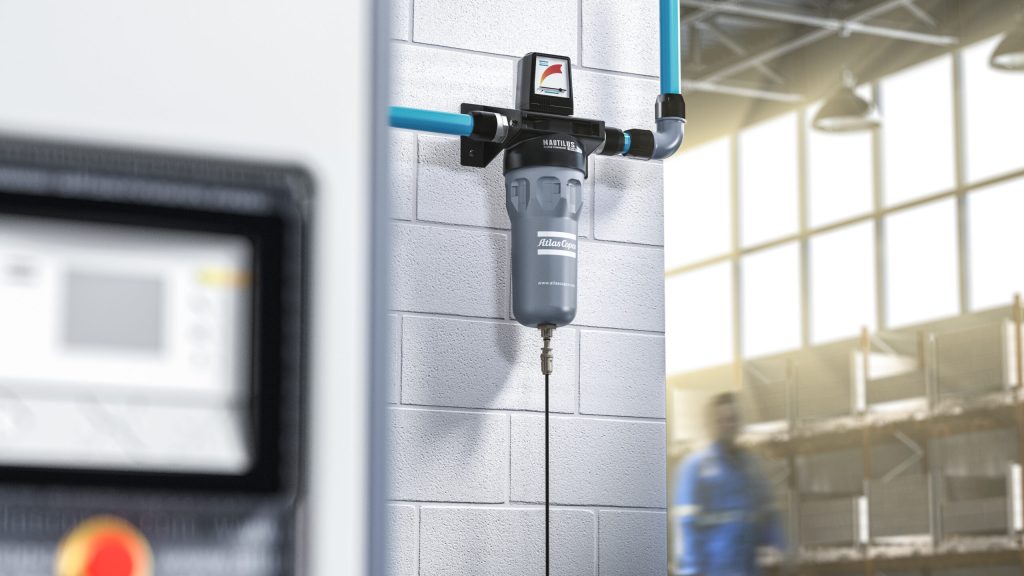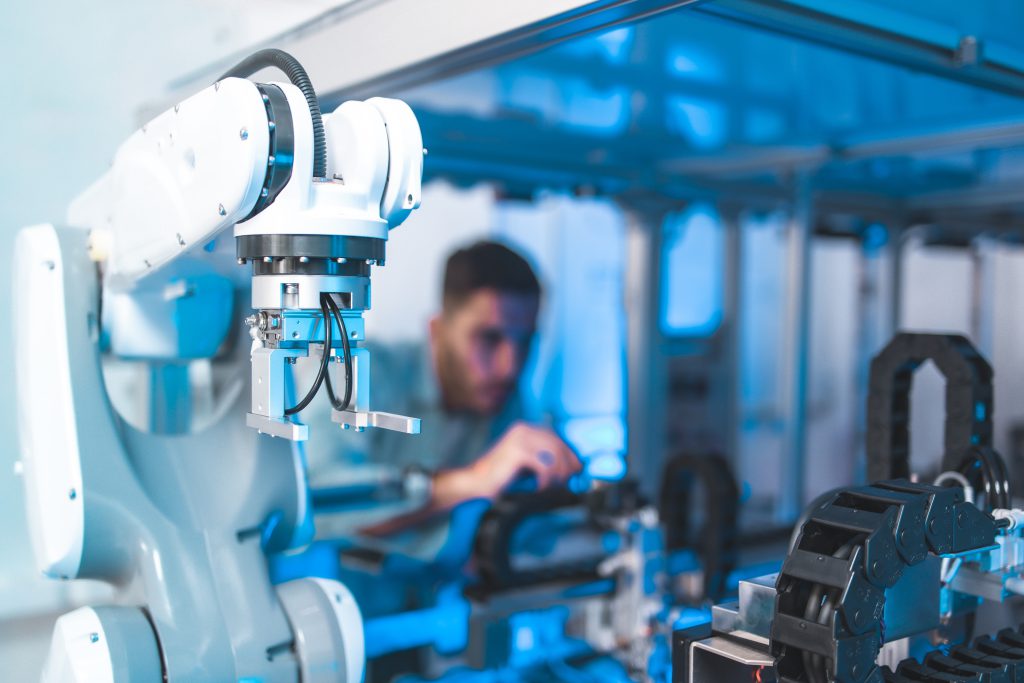Pneumatic valves are crucial components in industrial automation systems, controlling the flow and direction of compressed air to drive various processes and machinery. Proper installation and maintenance of these valves are essential for ensuring optimal performance, efficiency, and longevity of your pneumatic systems. At Humphrey Automation, we are dedicated to providing expert guidance and high-quality pneumatic solutions. This complete guide will walk you through the steps for installing and maintaining pneumatic valves, helping you keep your systems running smoothly.
Understanding Pneumatic Valves
Pneumatic valves control the flow of compressed air within a pneumatic system, directing it to different components such as cylinders, actuators, and tools. They come in various types, including:
- Directional Control Valves: These valves control the direction of air flow, allowing for the movement of actuators and cylinders in multiple directions.
- Pressure Control Valves: These valves regulate the pressure within the system to ensure safe and efficient operation.
- Flow Control Valves: These valves adjust the flow rate of air to control the speed of actuators and other components.
Choosing the right valve type and ensuring its proper installation and maintenance are crucial for system performance.
Installing Pneumatic Valves
- Preparation and Planning
- Identify the Valve Type: Ensure that you have the correct type of valve for your application, whether it’s a directional, pressure, or flow control valve.
- Review Specifications: Check the valve’s specifications, including pressure ratings, flow rates, and connection types, to ensure compatibility with your system.
- Shut Down and Depressurize the System
- Turn Off the Power: Before starting installation, make sure the pneumatic system is powered down and all pressure is released.
- Depressurize the System: Ensure that the system is fully depressurized to prevent accidents and damage during installation.
- Install the Valve
- Select the Mounting Location: Choose a suitable location for the valve that allows for easy access and proper alignment with other components.
- Connect the Valve: Attach the valve to the system using the appropriate fittings and connectors. Ensure that the connections are tight and secure to prevent leaks.
- Align the Valve: Proper alignment is essential for the valve to function correctly. Ensure that the valve is aligned with the direction of flow and any attached components.
- Test the Installation
- Power Up the System: Once the valve is installed, power up the system and gradually increase the pressure to test the valve’s operation.
- Check for Leaks: Inspect all connections and joints for leaks. Use a leak detection solution to identify any potential issues.
- Verify Functionality: Test the valve’s operation by engaging its functions and ensuring that it controls the flow of air as intended.
Maintaining Pneumatic Valves
- Regular Inspection
- Visual Checks: Regularly inspect the valve for signs of wear, damage, or leakage. Look for any visible issues such as corrosion, cracks, or loose connections.
- Operational Checks: Test the valve’s functionality to ensure it is performing as expected. Check for any unusual noises, slow operation, or erratic performance.
- Cleaning
- Remove Debris: Keep the valve clean and free from debris that could affect its performance. Use a soft brush or cloth to clean the exterior of the valve.
- Internal Cleaning: Periodically clean the internal components of the valve, following the manufacturer’s recommendations. Use appropriate cleaning agents and tools to avoid damage.
- Lubrication
- Check Lubrication Requirements: Some valves require lubrication to ensure smooth operation. Check the manufacturer’s guidelines for lubrication intervals and types of lubricants to use.
- Apply Lubricant: Apply the recommended lubricant to moving parts and seals as needed. Ensure that the lubricant does not contaminate the air supply.
- Replace Worn or Damaged Parts
- Identify Worn Parts: During inspections, identify any parts that show signs of wear or damage, such as seals, diaphragms, or springs.
- Replace Components: Replace worn or damaged components promptly to prevent system failures and maintain optimal performance. Use genuine replacement parts to ensure compatibility.
- System Calibration
- Check Calibration: Ensure that the valve is properly calibrated to maintain the correct pressure, flow rate, and direction of air.
- Adjust Settings: Make any necessary adjustments to the valve settings to align with the system’s requirements.
Troubleshooting Common Issues
- Valve Not Operating
- Check Power Supply: Ensure that the valve is receiving the correct power supply and that all electrical connections are secure.
- Inspect Pneumatic Connections: Verify that all pneumatic connections are properly fitted and free from leaks.
- Leakage
- Identify the Source: Locate the source of the leakage by inspecting all connections and joints.
- Tighten Connections: Tighten any loose connections and replace any damaged seals or fittings.
- Erratic Performance
- Check for Debris: Ensure that the valve is free from debris or contaminants that could affect its performance.
- Verify Calibration: Check and adjust the valve’s calibration as needed to ensure accurate operation.
Proper installation and maintenance of pneumatic valves are essential for ensuring the reliability and efficiency of your pneumatic systems. By following the steps outlined in this guide, you can effectively install and maintain your valves, preventing common issues and extending their lifespan. At Pneumation.ca, we offer a range of high-quality pneumatic valves and provide expert support to help you keep your systems running smoothly. For more information or assistance with your pneumatic needs, feel free to contact us.







